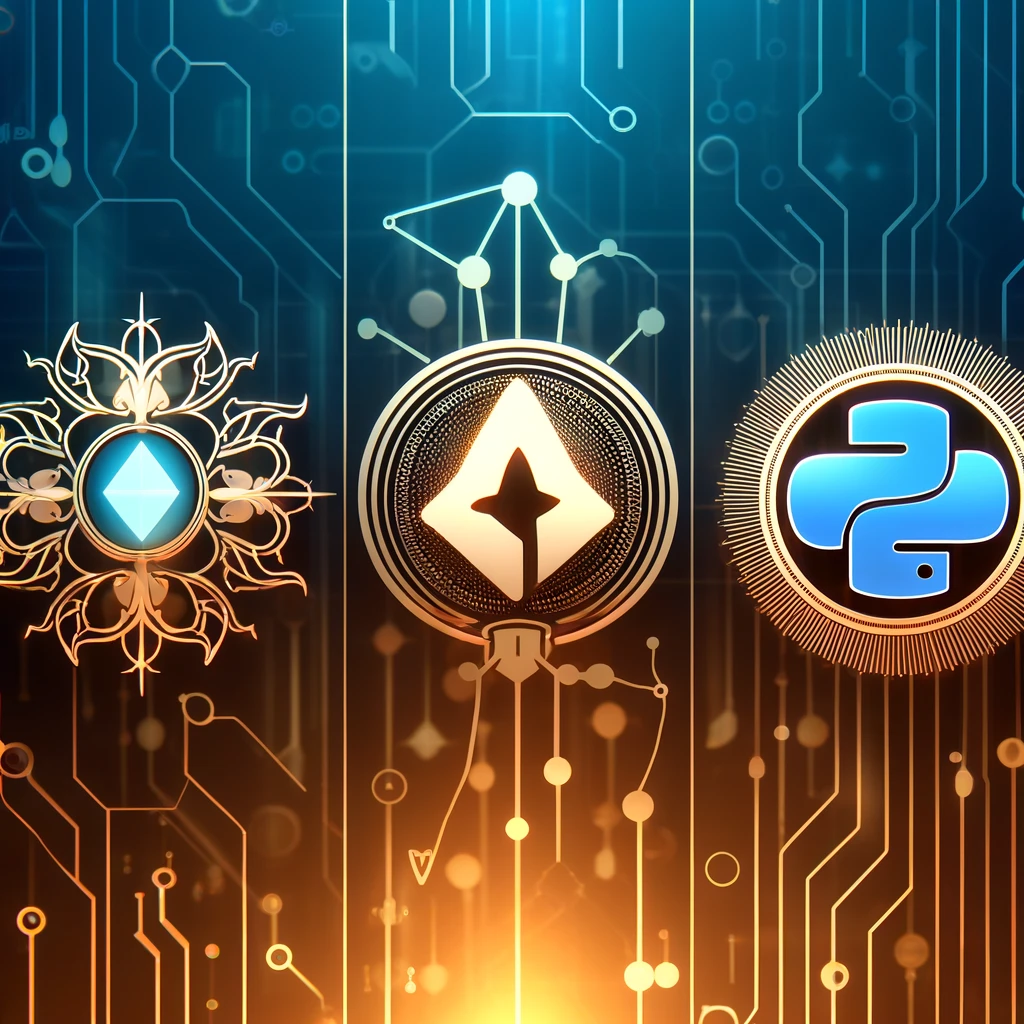Introduction
In the realm of machine learning, selecting the right framework is crucial for our project’s success. When we’re developing high-performance applications or experimenting with new models, understanding the strengths and weaknesses of different frameworks is key. This blog post delves into three popular machine learning frameworks that I’ve chosen as from runners for BunchFin —TensorFlow, PyTorch, and scikit-learn—and explores their suitability for real-time quartz identification.
TensorFlow
Overview
TensorFlow, an open-source machine learning framework developed by Google, is widely used for building and deploying deep learning models.
Strengths
- Performance: TensorFlow offers high performance with support for GPUs and TPUs, making it suitable for real-time applications.
- Deployment: TensorFlow Lite allows deployment on mobile and embedded devices, optimizing models for low-latency inference.
- Ecosystem: A comprehensive ecosystem including TensorBoard for visualization, TensorFlow Extended (TFX) for end-to-end ML pipelines, and TensorFlow Serving for model deployment.
- Community and Resources: Extensive community support, detailed documentation, and numerous pre-trained models available through TensorFlow Hub.
Weaknesses
- Complexity: A steeper learning curve compared to some other frameworks due to its complexity and extensive API.
- Debugging: Historically, debugging TensorFlow models has been more challenging compared to PyTorch, although this has improved with TensorFlow 2.x.
Usage in Real-Time Quartz Identification
- Model Training: Train a convolutional neural network (CNN) using TensorFlow.
- Model Optimization: Convert the trained model to TensorFlow Lite for real-time deployment.
- Real-Time Inference: Use TensorFlow Lite with OpenCV for real-time video stream processing and quartz identification.
PyTorch
Overview
PyTorch, an open-source machine learning library developed by Facebook’s AI Research lab, is known for its dynamic computation graph and ease of use.
Strengths
- Flexibility: Dynamic computation graph makes it easy to modify the network architecture on the fly.
- Ease of Use: More intuitive and user-friendly API, beneficial for rapid prototyping and experimentation.
- Debugging: Easier to debug due to its dynamic nature and compatibility with Python debugging tools.
- Community and Resources: Strong community support, comprehensive documentation, and numerous pre-trained models available through PyTorch Hub.
Weaknesses
- Deployment: Historically, PyTorch has been more focused on research than deployment, but this has improved with PyTorch Mobile and TorchServe.
- Ecosystem: While improving, PyTorch’s ecosystem is not as extensive as TensorFlow’s.
Usage in Real-Time Quartz Identification
- Model Training: Train a CNN using PyTorch.
- Model Optimization: Optimize the model for mobile deployment using PyTorch Mobile.
- Real-Time Inference: Use PyTorch with OpenCV for capturing and processing real-time video streams for quartz identification.
scikit-learn
Overview
scikit-learn is a popular open-source machine learning library in Python, primarily used for classical machine learning tasks.
Strengths
- Ease of Use: Simple and consistent API, making it easy to use for beginners and experts alike.
- Integration: Integrates well with other Python libraries such as NumPy, SciPy, and pandas.
- Wide Range of Algorithms: Offers a comprehensive suite of algorithms for classification, regression, clustering, and more.
Weaknesses
- Deep Learning Support: Limited support for deep learning; primarily focused on classical machine learning.
- Real-Time Inference: Not optimized for real-time applications and lacks direct support for GPU acceleration.
Usage in Real-Time Quartz Identification
- Feature Engineering: Can be used for preprocessing and feature extraction if combined with other deep learning frameworks for model training and inference.
- Model Training: Suitable for initial experimentation with simpler models, but not ideal for real-time deep learning tasks.
Comparison Summary
TensorFlow
- Best For: High-performance, production-grade applications requiring real-time inference and deployment on various platforms.
- Pros: Performance, extensive ecosystem, TensorFlow Lite for mobile deployment.
- Cons: Steeper learning curve, complexity.
PyTorch
- Best For: Research and rapid prototyping with ease of debugging and flexibility.
- Pros: Dynamic computation graph, user-friendly, strong community support.
- Cons: Historically focused on research, but deployment capabilities are improving.
scikit-learn
- Best For: Classical machine learning tasks, feature engineering, and quick experimentation.
- Pros: Simple API, integrates well with other Python libraries.
- Cons: Limited deep learning support, not optimized for real-time applications.
Recommendation
For real-time quartz identification, TensorFlow is the recommended framework due to its deep learning capabilities and robust support for real-time inference. TensorFlow’s strengths in deployment and performance optimization with TensorFlow Lite make it particularly suitable for mobile and embedded device deployment, ensuring low-latency and high-efficiency inference.
Conclusion
For real-time quartz identification, TensorFlow stands out as the most suitable choice, offering excellent performance, a comprehensive ecosystem, and powerful deployment capabilities. By leveraging TensorFlow’s features, we can develop efficient, high-performance models for real-time applications.


